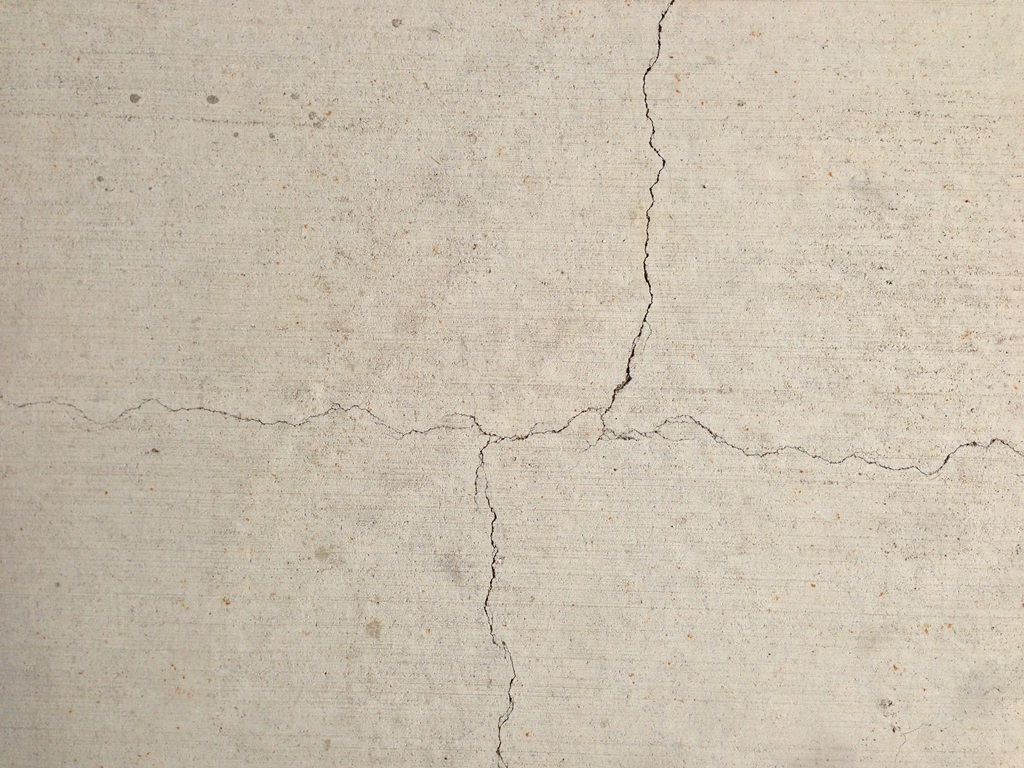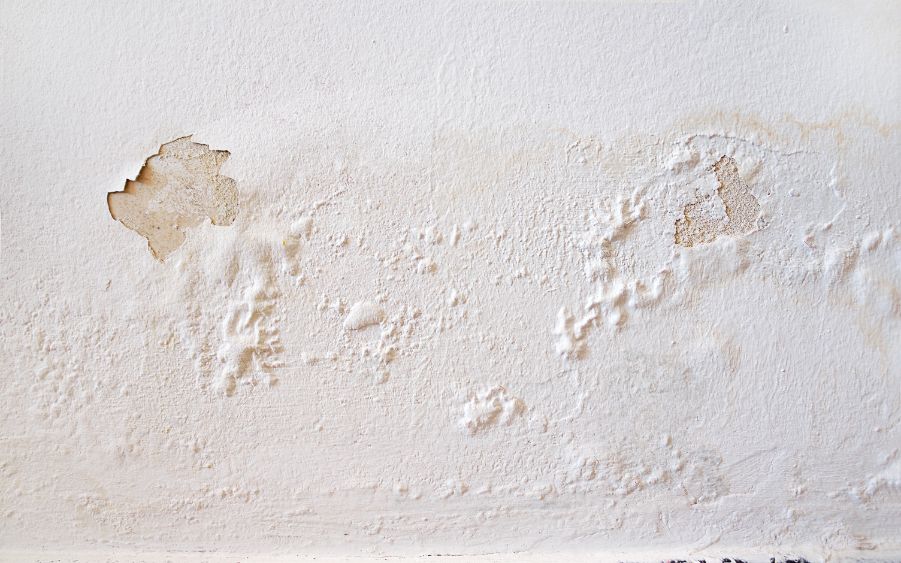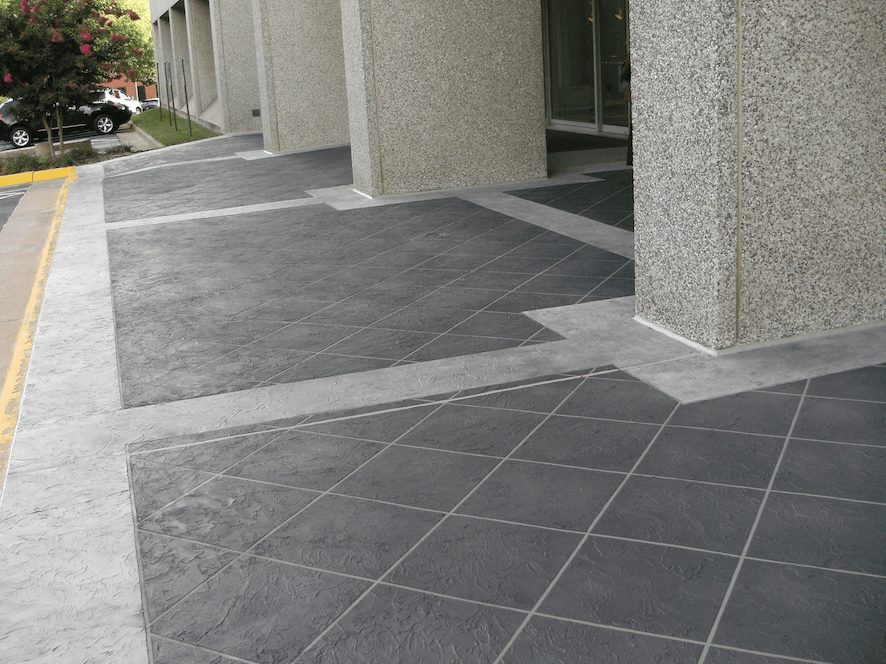Concrete that has not been treated is dull, readily discolored, and prone to damage from impacts and extreme weather conditions. What is the solution?
Concrete coating is a popular option in Minneapolis, and this is for a good reason. Coated concrete provides an attractive and durable finish for basement floors, driveways, pool decks, and wineries, among other applications. If you are unsure how to go along with this, the Concrete Guy of Minneapolis can help you!
While concrete coatings are generally effective, they might degrade with time. This is especially true if the composition is of poor quality or if the installation is carried out incorrectly. How do you determine when it’s time to recoat your concrete?
Whichever type of coating you have, epoxy or polyurea, the indicators of deterioration and incorrect application are the same. If even one of these symptoms indicates that the concrete beneath the coating is at risk of being damaged, there is only one course of action- recoating!
The following are the top five indicators that it’s time for a new concrete coat:
Cracks
Concrete coatings are designed to expand and contract in response to changing temperatures and moving earth below. However, the flexibility of concrete coatings degrades over time, resulting in the formation of fissures.
The issue arises when dirt, moisture, and other particles become trapped in these crevices. It results in additional damage to both the concrete coating and the underlying concrete.

Pitting
Pitting occurs when heavy items fall on a concrete floor. You may notice pitting in a tiny region where the same impact occurred numerous times over the course of weeks, months, or even years.
These ridges and imperfections may initially appear to be little blemishes on the floor’s appearance. But they will ultimately grow in size to become a glaring eyesore, and worse, a significant hazard to all those who pass across it.
The Uneven and Bumpy Surface
If you notice dips and bumps in the concrete floor as you walk, you have a problem. Occasionally, this is a natural effect of the ground beneath shifting.
It can also occur as a result of poor installation. Dirty equipment, a substandard roller sleeve, or a failure to remove all sandblasting materials and debris can result in hard lumps.
Standing Water
If your floor is regularly damp or cleaning up spills appears to be more difficult than it should, you may have a water retention problem.
It can be interpreted in one of two ways. Either your concrete covering is no longer properly sealed, or vapor is permeating the floor below.
In either situation, a new concrete coating will be required. If it is a vapor issue, you must first create a vapor barrier between the soil and your sub-floor.
Peeling or Bubbling
Peeling or bubbling is an unmistakable symptom of a substandard installation. If the floor is not properly prepped, primed, and sealed prior to installation, air will become trapped within the coating during the curing phase. It is referred to as out-gassing, and a reputable contractor will understand how to avoid this hazard.
When a coating is put on top of filthy concrete, peeling happens. Without completely removing all debris, grease, and moisture, the coating will not adhere correctly.

Discoloration
There are numerous concrete floor coating colors and textures to pick from, and you’ve probably spent considerable time deciding on the ideal style. A significant change in the color or appearance of your floor is more than an affront to your aesthetic tastes.
As with the moisture issue stated above, check for a vapor problem prior to applying a fresh coating. Otherwise, you will find yourself in the same boat in a few years.
Corrosion
There are several basic reasons for corroding concrete coatings. While corrosion is not common with concrete coatings, it is conceivable in a few specific situations.
It occurs most frequently at garages and vehicle shops as a result of the moisture, warmth, and impact from the cars, as well as the fluids, oil, and other substances. In some circumstances, residential garages are also prone to rust. Therefore, you will require new floors if you see any corrosion.
Slippery Surfaces
Epoxy is a satin-finish paint. It implies a low friction coefficient and can become extremely slippery in neutral or wet circumstances.
While this property is advantageous for moving wheeled vehicles across painted floors and for cleaning, it can create a dangerous environment for pedestrians.
Many resin floor owners prefer to top the paint with an additional, slip-resistant layer of finish to remedy this. This ensures that pedestrians can utilize it safely on a regular basis.
If the floor becomes substantially more slippery (especially when washed with liquid), it may be time to reapply the topcoat or completely repaint it.
The Bottom Line!
Whether your concrete coating has to be redone due to improper installation or years of use, this is not a procedure you want to put off. The longer you wait, the more damage will be done to your concrete floor—and the more time and money will be spent on repairs.
It’s easy to overlook concrete floors. We frequently walk, drive, and work on them without hesitation. However, if you want to avoid major repairs down the road, these floors must be safeguarded.
By monitoring the above-mentioned indicators, you may keep on top of this critical maintenance. And if it’s time for new floor coatings, ensure they’re placed by a reputable, competent team.
